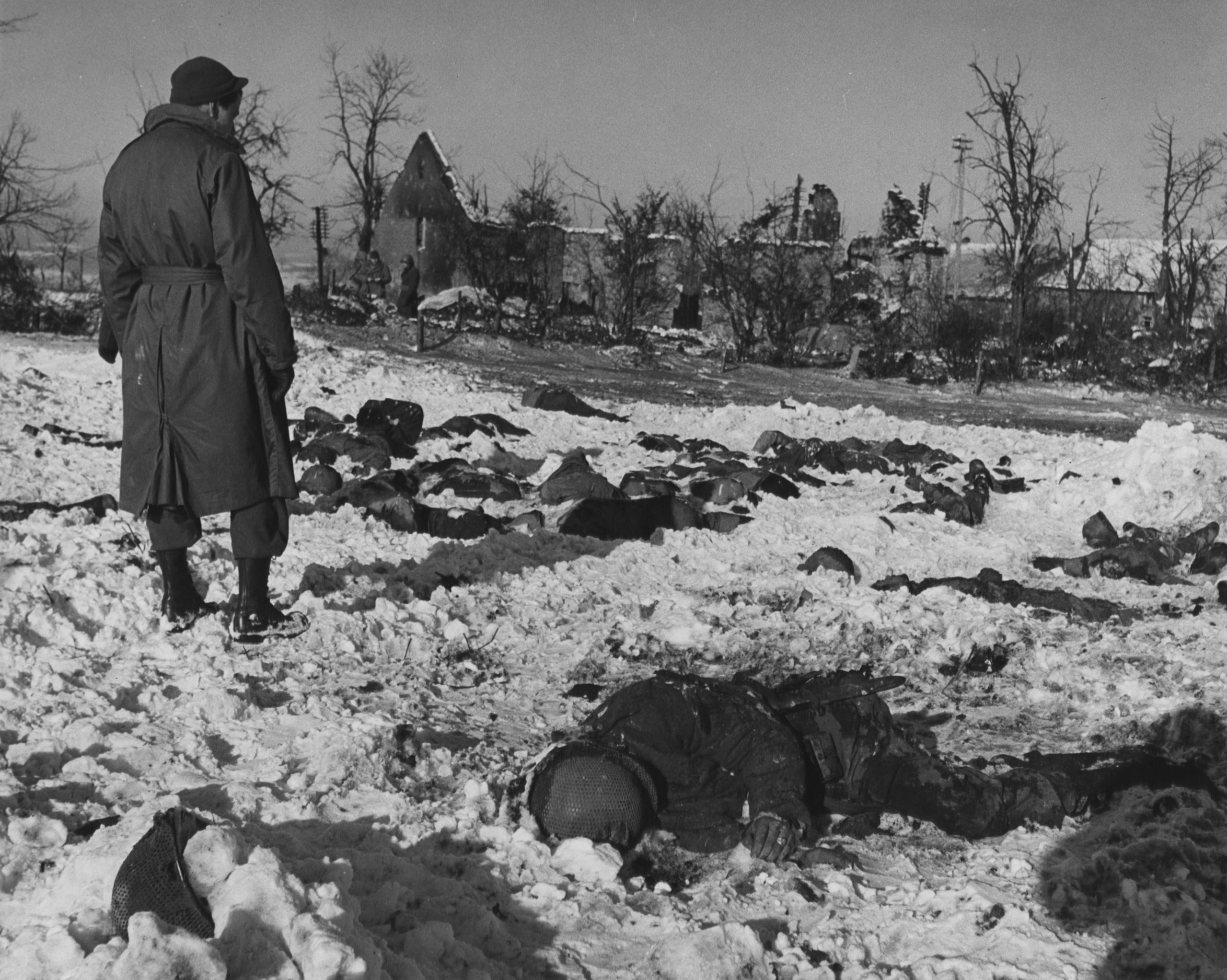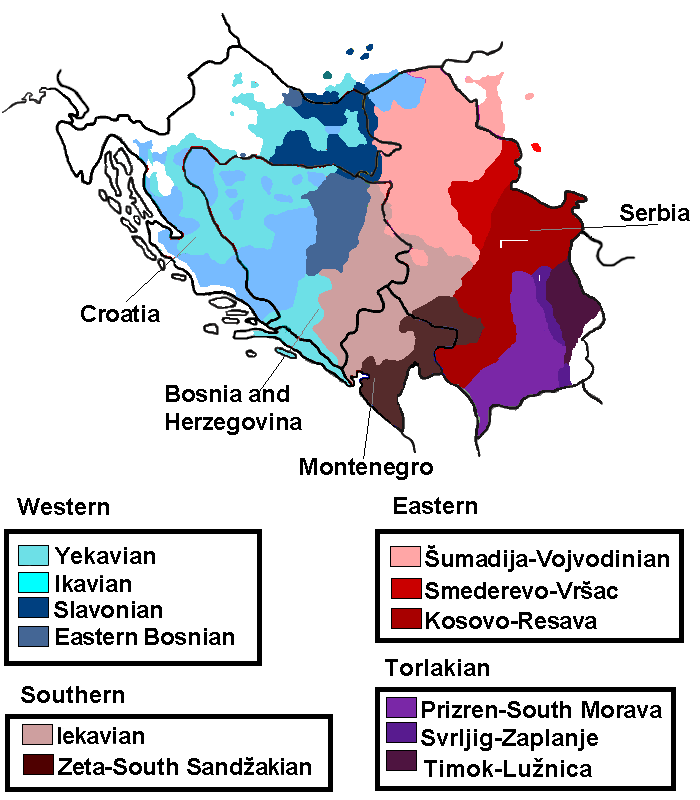|
Massacres Of Albanians In The Balkan Wars
Massacres of Albanians in the Balkan Wars were perpetrated on several occasions by the Serbian and Montenegrin armies and paramilitaries between 1912 and 1913. During the 1912–13 First Balkan War, Serbia and Montenegro committed a number of war crimes against the Albanian population after expelling Ottoman Empire forces from present-day Albania, Kosovo, and North Macedonia, which were reported by the European, American and Serbian opposition press.Leo Freundlich: Albania's Golgotha Most of the crimes occurred between October 1912 and the summer of 1913. The goal of the forced expulsions and massacres was statistical manipulation before the London Ambassadors Conference to determine the new Balkan borders. According to contemporary accounts, around 2 ... [...More Info...] [...Related Items...] OR: [Wikipedia] [Google] [Baidu] |
Kingdom Of Serbia
The Kingdom of Serbia was a country located in the Balkans which was created when the ruler of the Principality of Serbia, Milan I of Serbia, Milan I, was proclaimed king in 1882. Since 1817, the Principality was ruled by the Obrenović dynasty (replaced by the Karađorđević dynasty for a short time). The Principality, under the suzerainty of the Ottoman Empire, ''de facto'' achieved full independence when the very last Ottoman troops left Belgrade in 1867. The Treaty of Berlin (1878), Congress of Berlin in 1878 recognized the formal independence of the Principality of Serbia, and in its composition Nišava District, Nišava, Pirot District, Pirot, Toplica District, Toplica and Vranje districts entered the Southern and Eastern Serbia, South part of Serbia. In 1882, Serbia was elevated to the status of a kingdom, maintaining a foreign policy friendly to Austria-Hungary. Between 1912 and 1913, Serbia greatly enlarged its territory through engagement in the First Balkan War, Fi ... [...More Info...] [...Related Items...] OR: [Wikipedia] [Google] [Baidu] |
Albania
Albania ( ; or ), officially the Republic of Albania (), is a country in Southeast Europe. It is located in the Balkans, on the Adriatic Sea, Adriatic and Ionian Seas within the Mediterranean Sea, and shares land borders with Montenegro to the northwest, Kosovo to the northeast, North Macedonia to the east and Greece to the south. With an area of , it has a varied range of climatic, geological, hydrological and morphological conditions. Albania's landscapes range from rugged snow-capped mountains in the Accursed Mountains, Albanian Alps and the Korab, Central Mountain Range, Albania#Skanderbeg Mountains, Skanderbeg, Pindus and Ceraunian Mountains, to fertile lowland plains extending from the Albanian Adriatic Sea Coast, Adriatic and Albanian Ionian Sea Coast, Ionian seacoasts. Tirana is the capital and largest city in the country, followed by Durrës, Vlorë, and Shkodër. Albania was inhabited by several List of Illyrian peoples and tribes, Illyrian tribes, among them the A ... [...More Info...] [...Related Items...] OR: [Wikipedia] [Google] [Baidu] |
Ottoman Empire
The Ottoman Empire (), also called the Turkish Empire, was an empire, imperial realm that controlled much of Southeast Europe, West Asia, and North Africa from the 14th to early 20th centuries; it also controlled parts of southeastern Central Europe, between the early 16th and early 18th centuries. The empire emerged from a Anatolian beyliks, ''beylik'', or principality, founded in northwestern Anatolia in by the Turkoman (ethnonym), Turkoman tribal leader Osman I. His successors Ottoman wars in Europe, conquered much of Anatolia and expanded into the Balkans by the mid-14th century, transforming their petty kingdom into a transcontinental empire. The Ottomans ended the Byzantine Empire with the Fall of Constantinople, conquest of Constantinople in 1453 by Mehmed II. With its capital at History of Istanbul#Ottoman Empire, Constantinople (modern-day Istanbul) and control over a significant portion of the Mediterranean Basin, the Ottoman Empire was at the centre of interacti ... [...More Info...] [...Related Items...] OR: [Wikipedia] [Google] [Baidu] |
Albanian Popoulation
The Albanians are an ethnic group native to the Balkan Peninsula who share a common Albanian ancestry, Albanian culture, culture, Albanian history, history and Albanian language, language. They are the main ethnic group of Albania and Kosovo, and they also live in the neighboring countries of Albanians in North Macedonia, North Macedonia, Albanians in Montenegro, Montenegro, Albanians in Greece, Greece, and Albanians in Serbia, Serbia, as well as in Albanians in Italy, Italy, Albanians in Croatia, Croatia, Albanians in Bulgaria, Bulgaria, and Albanians in Turkey, Turkey. Albanians also constitute a large diaspora with several communities established across Europe and the other continents. Albanian language, The language of the Albanians is an Indo-European languages, Indo-European language and the only surviving representative of the Albanoid, Albanoid branch, which belongs to the Paleo-Balkan languages, Paleo-Balkan group. Albanians ... [...More Info...] [...Related Items...] OR: [Wikipedia] [Google] [Baidu] |
War Crime
A war crime is a violation of the laws of war that gives rise to individual criminal responsibility for actions by combatants in action, such as intentionally killing civilians or intentionally killing prisoners of war, torture, taking hostages, unnecessarily destroying civilian property, deception by perfidy, wartime sexual violence, pillaging, and for any individual that is part of the command structure who orders any attempt to committing mass killings (including genocide or ethnic cleansing), the granting of no quarter despite surrender, the conscription of children in the military, and flouting the legal Indiscriminate attack, distinctions of Proportionality (law), proportionality and military necessity. The formal concept of war crimes emerged from the codification of the customary international law that applied to warfare between sovereign states, such as the Lieber Code (1863) of the Union Army in the American Civil War and the Hague Conventions of 1899 and 1907 for int ... [...More Info...] [...Related Items...] OR: [Wikipedia] [Google] [Baidu] |
Chetniks
The Chetniks,, ; formally the Chetnik Detachments of the Yugoslav Army, and also the Yugoslav Army in the Homeland; and informally colloquially the Ravna Gora Movement, was a Kingdom of Yugoslavia, Yugoslav royalist and Serbian nationalist movement and Guerrilla warfare, guerrilla force in Axis-occupied Yugoslavia. Although it was not a homogeneous movement, it was led by Draža Mihailović. While it was anti-Axis powers, Axis in its long-term goals and engaged in marginal resistance activities for limited periods, it also engaged in tactical or selective Collaborationism, collaboration with Axis forces for almost all of the war. The Chetnik movement adopted a policy of collaboration with regard to the Axis, and engaged in cooperation to one degree or another by both establishing a ''modus vivendi'' and operating as "legalised" auxiliary forces under Axis control. Over a period of time, and in different parts of the country, the movement was progressively drawn into collaborat ... [...More Info...] [...Related Items...] OR: [Wikipedia] [Google] [Baidu] |
Montenegrin Army
Montenegrin Ground Army () is the ground force of the Armed Forces of Montenegro. Montenegrin Army The fundamental role and purpose of the Montenegrin Army is to protect vital national interests of Montenegro and defend the sovereignty and territorial integrity of the state. Equipment Ranks Commissioned officer ranks The rank insignia of commissioned officers. Other ranks The rank insignia of non-commissioned officers and enlisted personnel An enlisted rank (also known as an enlisted grade or enlisted rate) is, in some armed services, any rank below that of a commissioned officer. The term can be inclusive of non-commissioned officers or warrant officers, except in United States .... References {{Allied Land Command Military of Montenegro Military units and formations established in 1879 Military units and formations disestablished in 1918 Military units and formations established in 2006 ... [...More Info...] [...Related Items...] OR: [Wikipedia] [Google] [Baidu] |
Serbian Army
The Serbian Army () is the land-based and the largest component of the Serbian Armed Forces. Its organization, composition, weapons and equipment are adapted to the assigned missions and tasks of the Serbian Armed Forces, primarily for operations on land. It is subordinated to the Serbian Ministry of Defense. History Originally established in 1830 as the Army of Principality of Serbia and after Serbia's independence it subsequently grew in size and was renamed the Royal Serbian Army. After the World War I it was incorporated into the newly established Royal Yugoslav Army which was in turn transformed into Yugoslav Ground Forces of the Yugoslav People's Army after the World War II. The Serbian Army in its current form has been active since 2006 when Serbia restored its independence. Missions The Serbian Army is responsible for defending the sovereignty and territorial integrity of Serbia from foreign hostiles; participating in peacekeeping operations; and providing humanitar ... [...More Info...] [...Related Items...] OR: [Wikipedia] [Google] [Baidu] |
Anti-Catholicism
Anti-Catholicism is hostility towards Catholics and opposition to the Catholic Church, its clergy, and its adherents. Scholars have identified four categories of anti-Catholicism: constitutional-national, theological, popular and socio-cultural. At various points after the Reformation, many majority-Protestant states, including England, Northern Ireland, Prussia and Germany, Kingdom of Scotland, Scotland, and the United States, turned anti-Catholicism, opposition to the authority of Catholic clergy (anti-clericalism), opposition to the authority of the pope (Popery, anti-papalism), mockery of Sacraments of the Catholic Church, Catholic rituals, and opposition to Catholic adherents into major political themes and policies of religious discrimination and religious persecution. Major examples of populist groups that have targeted Catholics in recent history include Ulster loyalism, Ulster loyalists in Northern Ireland during the Troubles and the Ku Klux Klan, second Ku Klux ... [...More Info...] [...Related Items...] OR: [Wikipedia] [Google] [Baidu] |
Islamophobia
Islamophobia is the irrational fear of, hostility towards, or hatred against the religion of Islam or Muslims in general. Islamophobia is primarily a form of religious or cultural bigotry; and people who harbour such sentiments often stereotype Muslims as a geopolitical threat or a source of Islamic terrorism, terrorism. Muslims, with diverse ethnic and cultural backgrounds, are often inaccurately portrayed by Islamophobes as a single homogeneous racial group. The causes of increase in Islamophobia across the world since the end of the Cold War are many. These include the quasi-racialist stereotypes against Muslims that proliferated through the Western media since the 1990s, the "war on terror" campaign launched by the United States after the September 11 attacks, the rise of the Islamic State in the aftermath of the Iraq War, terrorist attacks carried out by Islamist militants in the United States and Europe, anti-Muslim rhetoric disseminated by White nationalism, white nati ... [...More Info...] [...Related Items...] OR: [Wikipedia] [Google] [Baidu] |
Greater Serbia
The term Greater Serbia or Great Serbia () describes the Serbian nationalist and irredentist ideology of the creation of a Serb state which would incorporate all regions of traditional significance to Serbs, a South Slavic ethnic group, including regions outside modern-day Serbia that are partly populated by Serbs. The initial movement's main ideology (Pan- Serbism) was to unite all Serbs (or all territory historically ruled, seen to be populated by, or perceived to be belonging to Serbs) into one state, claiming, depending on the version, different areas of many surrounding countries, regardless of non-Serb populations present. The Greater Serbian ideology includes claims to various territories aside from modern-day Serbia, including the whole of the former Yugoslavia except Slovenia and part of Croatia. According to Jozo Tomasevich, in some historical forms, Greater Serbian aspirations also included parts of Albania, Bulgaria, Hungary and Romania. Its inspiration comes fro ... [...More Info...] [...Related Items...] OR: [Wikipedia] [Google] [Baidu] |






